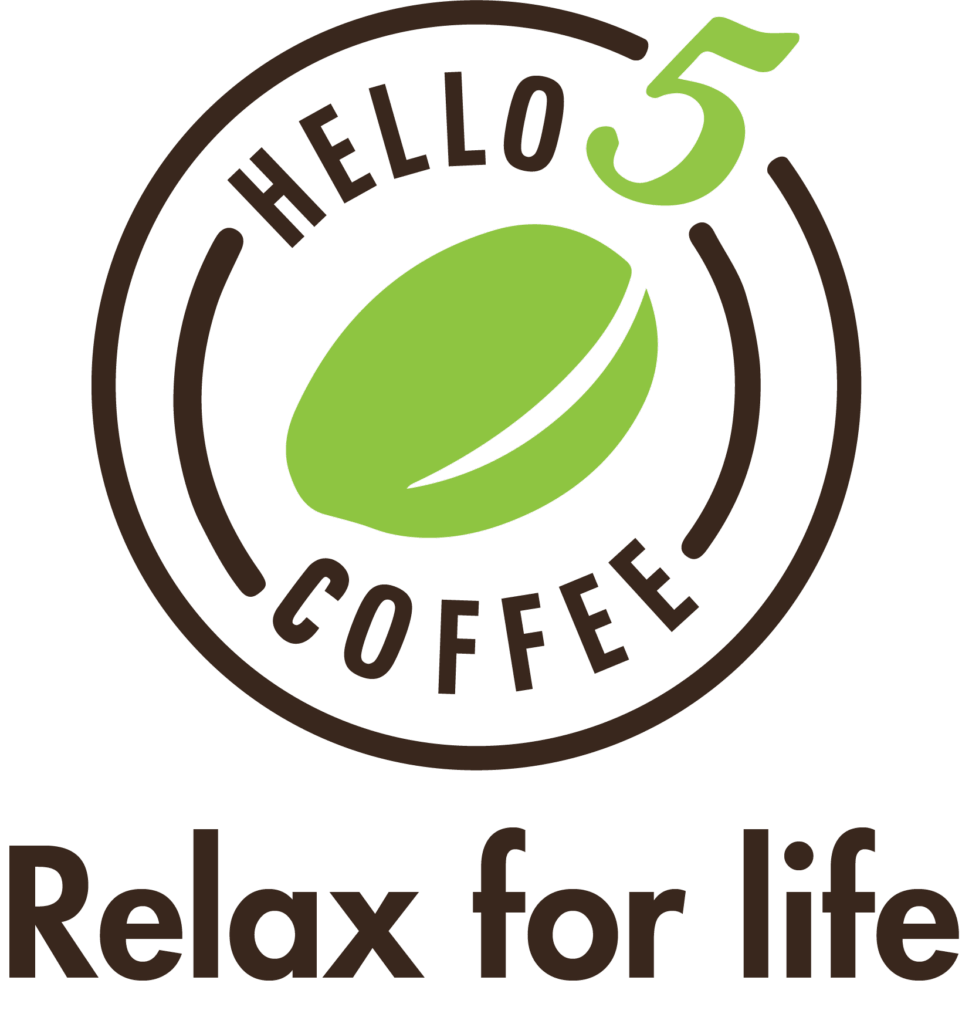Vietnam is not only the world’s second largest coffee exporter, but also home to the most diverse and unique coffee varieties in Asia. From rich Robusta beans, sour Arabica, to special mutant Culi, bright Cherry, or rare Weasel coffee, each variety carries its own story about the land, climate, people and unique roasting method.
Whether you are a long-time coffee lover, intending to start a business, or simply looking for a coffee that suits your “taste”, understanding each type of bean is an important first step. Discover the list of the 5 best Vietnamese coffee beans in this article.
Why choose Vietnamese coffee beans?
One of the important reasons why Vietnamese coffee is so special is the extremely favorable natural conditions. Key coffee growing regions such as Dak Lak, Lam Dong or Son La all have fertile red basalt soil, cool highland climate and stable rainfall all year round. These factors create an ideal environment for coffee trees to grow healthily and produce high-quality coffee beans.
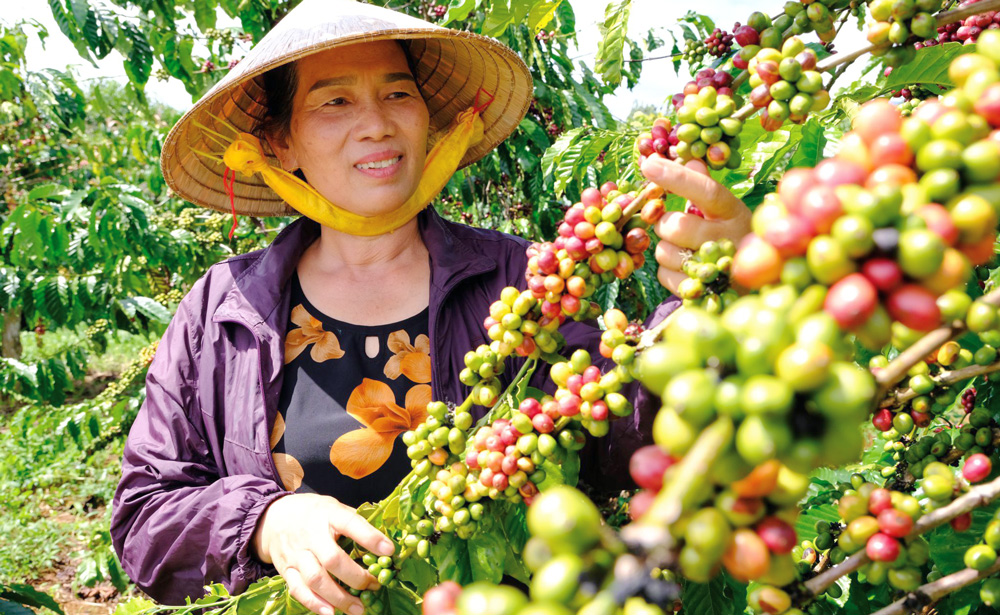
Not only special geographical conditions, the coffee processing process in Vietnam also plays an important role. The traditional roasting method combined with natural sun-drying helps preserve the characteristic flavor of the coffee beans. When brewed with a filter – a popular way of making coffee and bearing the mark of Vietnamese culture – Vietnamese coffee produces a strong aroma, deep flavor and long aftertaste. These factors make Vietnam coffee beans unique and easily recognizable among hundreds of coffees from all over the world.
In addition, the diversity of coffee varieties is also a big plus. From strong Robusta, light Arabica to rare Moka or specialty civet coffee, coffee lovers can easily find a suitable choice for themselves. Thanks to that, those who are looking for the best Vietnam coffee beans to enjoy or do business can rest assured about the quality as well as the special flavor that only Vietnamese coffee has.
Characteristics of the most popular coffee beans in Vietnam
Coffee in Vietnam is mainly grown in the Northwest region (Son La, Moc Chau Plateau), the Central Highlands (Dak Lak, Lam Dong), and the Central Region (Quang Tri, Nghe An). Each year, Vietnam produces and supplies a vast volume of coffee for both domestic consumption and export, primarily from five main types. Each type has its own unique features in appearance, aroma, and flavor.
1. Robusta Coffee Beans (cà phê Vối)
Robusta, also known as “cà phê vối”, is the most widely consumed coffee globally, accounting for one-third of total coffee production. In Vietnam, Robusta is the most extensively cultivated variety due to its compatibility with the country’s natural climate and soil, especially the nutrient-rich red basalt soil of the Central Highlands at altitudes between 800–1000 meters. It accounts for up to 90% of the country’s total coffee output.
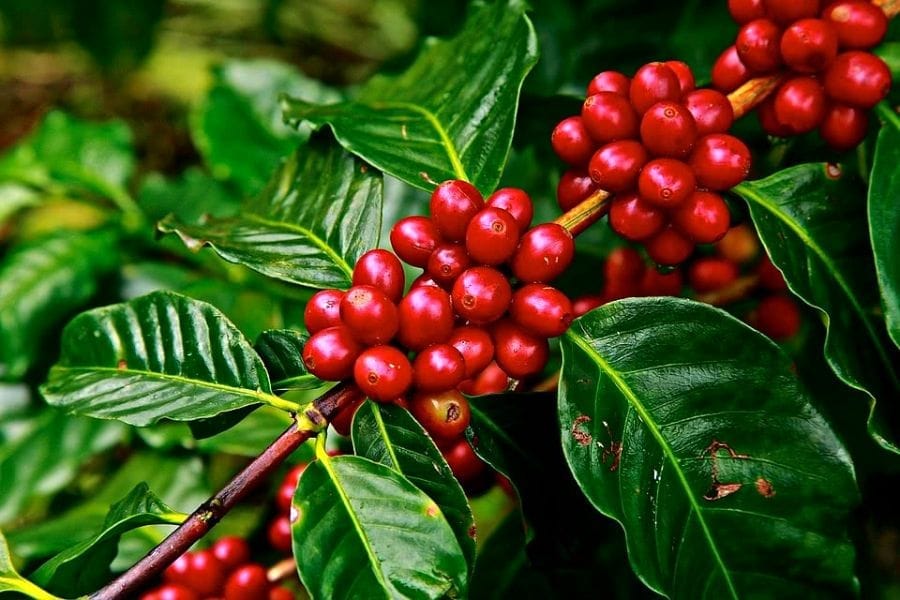
Robusta coffee has a mild aroma, a characteristically strong bitter taste, no acidity, and a high caffeine content. When brewed, it produces a thick brown cup. Robusta is divided into two subtypes:
- Pure Robusta (Robusta sẻ): These beans are smaller, denser, and richer in flavor. Their intense taste appeals to those who enjoy strong coffee, though it’s less common due to its niche market.
- Hybrid Robusta (High-yield Robusta): This variety has been selectively bred over generations for higher productivity and pest resistance. However, its flavor is slightly milder, making it ideal for mass cultivation, especially for instant coffee production.
Overall, Robusta is high-yielding, low-cost, easy to farm, and widely purchased by coffee businesses—making it the go-to bean for most Vietnamese coffee drinkers.
2. Arabica Coffee Beans (Cà phê Chè)
Arabica beans, known locally as “cà phê chè”, are one of the two most common coffee types worldwide. Arabica is considered superior in flavor and rarity. It requires specific growing conditions — over 800 meters above sea level, temperate climates year-round, with maximum annual temperatures below 33°C and minimum around 5°C. Due to these strict conditions, Arabica is only grown in limited areas in Vietnam.
Arabica coffee goes through fermentation, giving it a distinctive acidity combined with bitterness. Brewed Arabica yields a light brown, amber-like liquid. Depending on the geographical area, Arabica can also develop different flavor profiles — the higher the altitude, the better the taste.
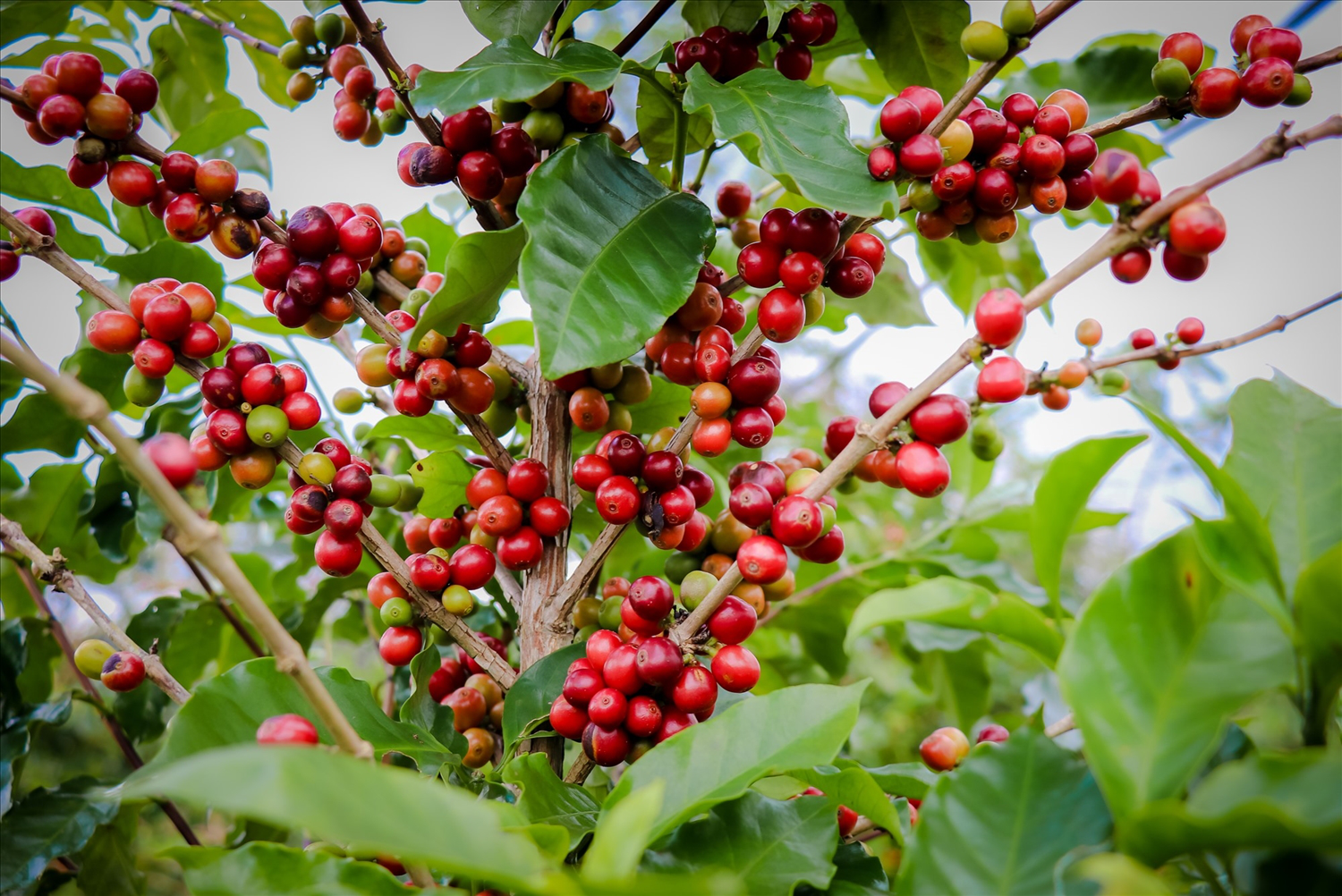
Arabica coffee is divided into four main types: Bourbon, Typica, Moka, and Catimor.
Bourbon, Typica, Moka are considered “original” varieties — ancient, pure strains that have remained unchanged since their discovery. Despite their excellent taste, they have low yields and are susceptible to pests, making them economically inefficient and no longer cultivated in Vietnam.
Moka is the most prized Arabica bean, originally from Yemen. It’s difficult to grow and harvest, which contributes to its rich and seductive flavor. In Vietnam, the only region capable of growing Moka is Cau Dat in Da Lat. However, due to its demanding cultivation, Moka production remains minimal.
3. Peaberry Coffee Beans (Cà phê Culi)
Culi beans are not a separate variety but a natural mutation found in both Arabica and Robusta beans.
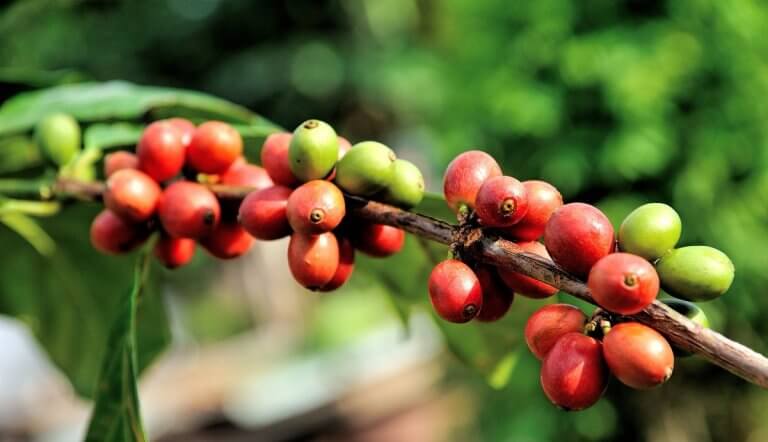
Peaberry coffee refers to beans that develop as a single round bean inside the cherry instead of two halves. This mutation occurs in only about 5% of the total harvest. These unique beans are carefully separated during processing. They have a higher caffeine content and offer a richer, more intense flavor — often stronger, more full-bodied, and longer-lasting.
Due to their rarity and distinct taste, Culi beans are considered premium and are priced accordingly.
4. Cherry Coffee Beans (Cà phê Mít)
Also known as “cà phê mít”, Cherry beans come from high-yielding plants that require minimal care. They are highly pest-resistant and drought-tolerant, even producing harvests without irrigation. Despite these advantages, Cherry coffee is not widely grown due to its distinct sour taste and lack of the bitterness typically associated with coffee.
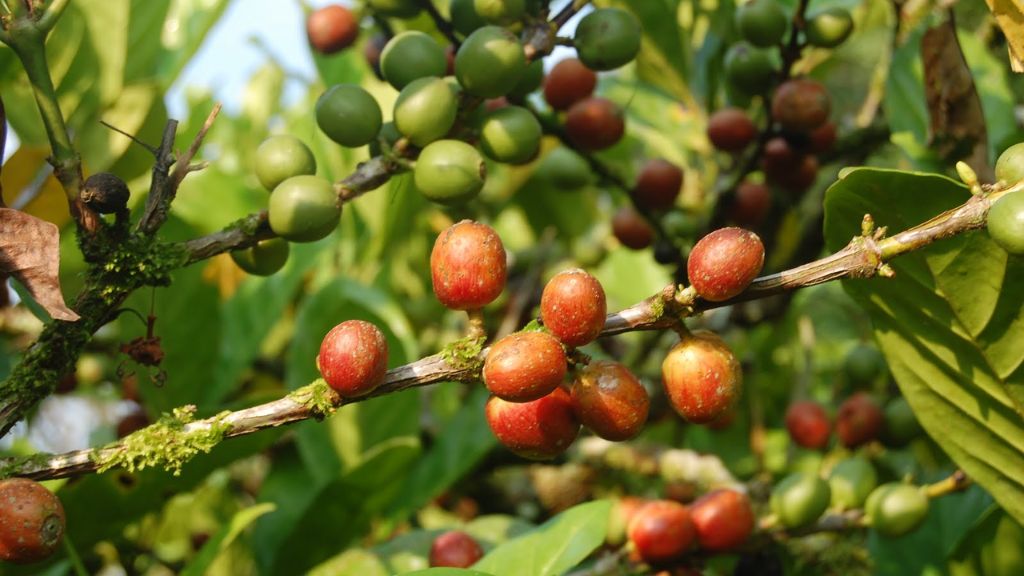
Cherry coffee includes two main types: Liberica and Exelsa. The beans are shiny yellow and aesthetically pleasing. When brewed, they emit a mild fragrance and a bright, sour flavor, offering a refreshing taste experience. Their acidity, light bitterness, and subtle aroma make Cherry beans a great choice for female consumers.
5. Weasel Coffee (Cà phê chồn)
Known globally as Kopi Luwak, Weasel coffee is one of the rarest beverages in the world. In Vietnam, civet cats (cầy vòi hương) are raised to produce this unique coffee. After consuming the coffee cherries, the beans pass through the civet’s digestive system where enzymes break down proteins in the coffee, altering its chemical makeup.

Though the flavor change is subtle, the beans retain much of their original character while gaining a smoother, earthier taste. When brewed, the coffee offers a mild bitterness, gentle aroma, and notes of smoke and chocolate. For many, the appeal of Weasel coffee lies not only in its taste but also in its exclusivity and prestige.
Where to buy authentic Vietnamese coffee beans online?
Buying authentic Vietnamese coffee is no longer difficult, especially with the development of online sales channels from domestic roasters. However, not every place provides high-quality Vietnamese coffee beans, freshly roasted, with clear traceability and guaranteed original flavor.
One of the most reliable channels today is Vietnamese roasting brands that own their own raw material areas and apply a closed quality control process from farm to consumer. Typically, Hello 5 Coffee, we specialize in high-quality Vietnamese coffee beans, harvested from the Lam Dong and Dak Lak plateaus, which are the best Robusta and Arabica coffee growing areas in Vietnam. We not only ensure agronomic quality standards but also focus on post-harvest processing such as wet processing, honey or natural to optimize the flavor of each roasting batch.
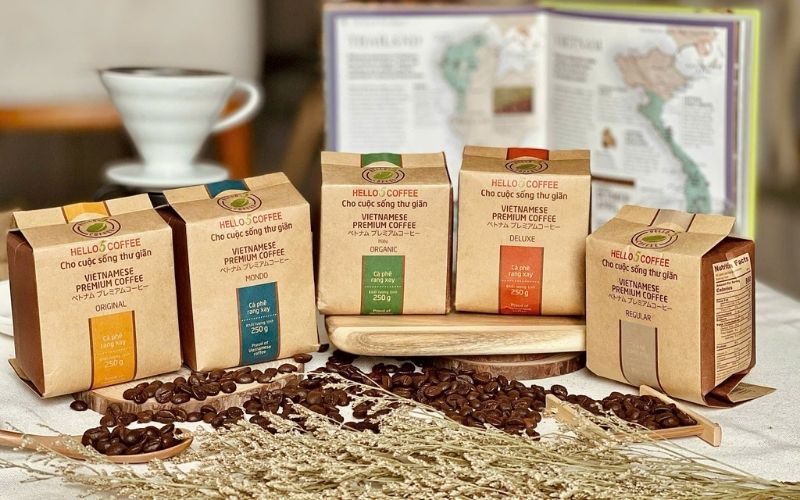
Unlike many mass-market products floating on e-commerce platforms, reputable domestic brands such as Hello 5 Coffee, La Viet, K’Ho Coffee or Son Pacamara all publicly disclose their production process, roasting date and clear information about the growing area. These are extremely important factors if you really want to enjoy the best Vietnamese coffee beans — the type of coffee that reflects the soil, climate and local craftsmanship in every drop of coffee.
In addition to ordering directly on the official website, many brands are now available on platforms such as Shopee, Tiki or Amazon (for the international market). However, when buying through a third party, you need to carefully check the seller, expiration date, user reviews and especially the roasting date, because roasted coffee beans left for too long will lose their inherent flavor essence.
Choosing to buy Vietnamese coffee at a reputable place not only helps you enjoy the best coffee flavor but also contributes to supporting Vietnamese farmers and businesses that are trying to bring Vietnamese coffee beans to the world in a more sustainable and responsible way.
FAQs about Vietnamese Coffee Beans
1. Which is the best Vietnamese coffee bean?
The answer depends on your taste and brewing method. If you love strong, bitter coffee and strong caffeine, then Robusta from Buon Ma Thuot or Dak Lak is the top choice – this is also the type of bean that accounts for the majority of the output and reputation of Vietnamese coffee beans in the international market.
On the contrary, if you prefer a light aroma and a light sour taste, Arabica from Cau Dat (Da Lat) will be more suitable. In addition, specialty varieties such as Peaberry (Culi) or Weasel (Chon) are also ranked among the best Vietnam coffee beans thanks to their rarity and unique flavor, often roasted medium or light to highlight the natural profile of the beans.
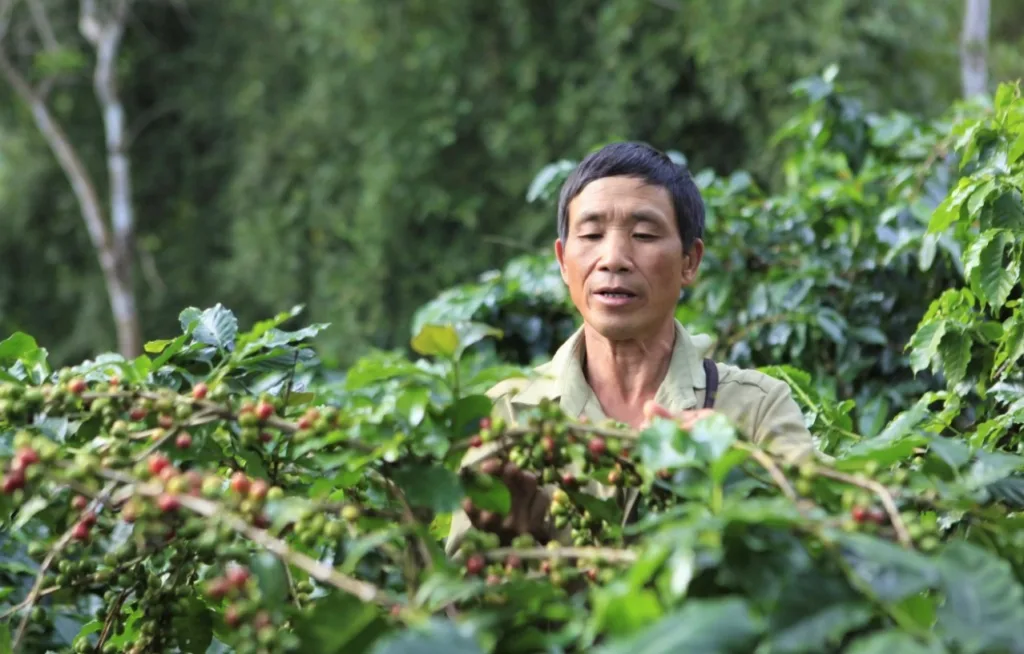
2. How are Robusta and Arabica from Vietnam different?
Robusta accounts for more than 90% of Vietnam coffee bean output, has a distinct bitter taste, thick coffee body, strong aftertaste and twice as much caffeine as Arabica. Meanwhile, Arabica has a light sour taste, delicate aroma and is grown in many highland areas such as Cau Dat – where the cool climate and fertile soil are suitable for this coffee variety. This difference makes each type of bean serve a separate audience.
3. Which brewing method is suitable for Vietnamese coffee beans?
Traditional Vietnamese coffee is often brewed with a phin, a typical drip filter. However, the best Vietnamese coffee beans today are also processed to suit many modern brewing methods such as pour-over, espresso or French press, especially when you use Arabica beans or blend Arabica and Robusta.
4. How to recognize truly quality Vietnamese coffee?
Some factors you can base on include: clear origin (specific growing areas such as Lam Dong, Dak Lak), close roasting date, uniformity of beans and aroma after grinding. In addition, reputable roasters often disclose the processing process (natural, honey, washed) and information related to the altitude of the growing area – things that directly affect the flavor of the beans.

5. Should you buy Vietnamese coffee online?
Absolutely if you choose the right reputable supplier. Brands such as Hello 5 Coffee, La Viet, Trung Nguyen or Son Pacamara all have online stores and are committed to the freshness, quality of beans as well as supporting nationwide and even international shipping. Buying online also makes it easy for you to access specialty coffees without having to go to the store.
Read more: Top 5 Vietnamese Roasted Coffee Brands
6. Does Vietnamese coffee contain a lot of caffeine?
Vietnamese Robusta usually has a high caffeine content, averaging about 2.2–2.7%, almost twice as much as Arabica. Therefore, if you need a strong alertness in the morning, a cup of dark roasted Vietnamese Robusta coffee will be the ideal choice.
So, this article has introduced the 5 best Vietnamese coffee beans and provided a full guide to what makes Vietnamese coffee so unique and world-renowned. We hope this helps you choose the perfect beans and enjoy coffee like a true connoisseur.
Wishing you bold flavors, smooth brews, and many unforgettable cups ahead!
